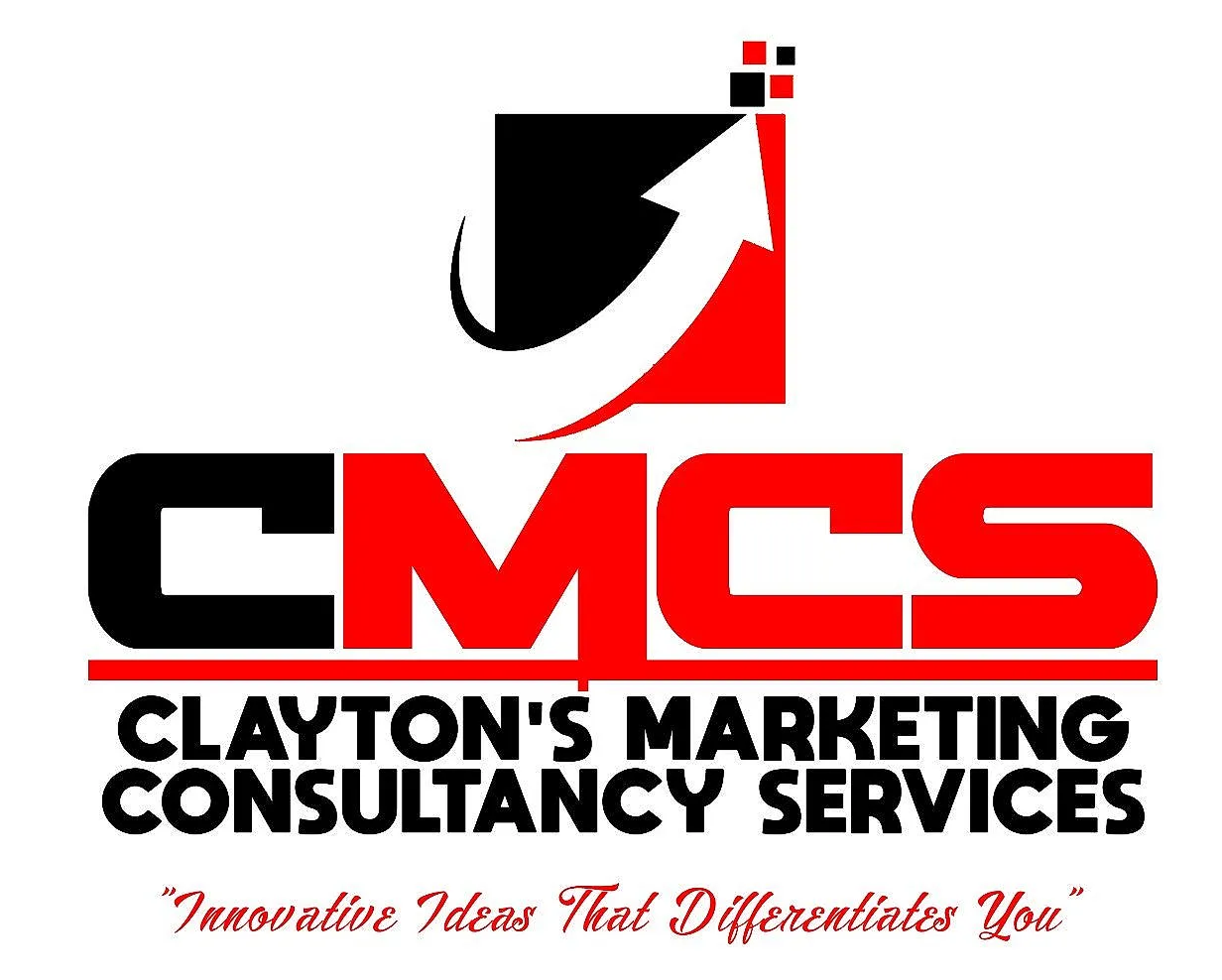Understanding Your Market and Competitors

All companies have competitors. Even if there were only one Taxi Company, the company would have to worry about buses, cars, bicycles, and even people who might prefer to walk to their destinations. The late Roberto Goizueta, CEO of Coca-Cola, recognized the company`s competitors when his employees were of the perception that Coca-Cola`s market share was at a maximum. In responding to his employees, the then CEO went on to state that Coca-Cola accounted for less than 2 ounces of the 64 ounces of fluid that each of the world’s 4.4 billion people drank every day. “The enemy is coffee, milk, tea, water,” he told his people. As a result, Coca-Cola is now a major seller of bottled water.
The more success a company has the more competition it will attract. Most markets are brimming with whales, sharks, and minnows. In these waters, the choice is to eat lunch or be lunch. Or, using computer scientist Gregory Rawlins’ metaphor: “If you’re not a part of the steamroller, you’re a part of the road.” Hopefully your company will attract only good competitors as they are considered to be a blessing. Good competitors are like good teachers who raise our sights and sharpen our skills whilst Average competitors are a nuisance with Bad competitors being a pain to every decent competitor.
According to marketing guru Theodore Levitt: “The new competition is not between what companies produce in their factories, but between what they add to their factory output in the form of packaging, services, advertising, customer advice, financing, delivery arrangements, warehousing, and other things that people value.” The best way to beat your competitors is to attack yourself first by working hard to make your product line obsolete before your competitors do.
Companies in an effort to gain a substantial share of the market should pay keen attention to their distant competitors as well as their close competitors. This is of great significance as the most dangerous competitors are oftentimes those that resemble the company the most. Therefore, it is important that companies differentiate their product and service offerings as most markets are plagued by too many fishermen going after too few fish. The fishermen who understand the fish better than their competitors do will eventually win in the marketplace.
Did you find this marketing blog post helpful?
If so, please consider sharing it, tag us and let us know your biggest takeaways.










All Rights Reserved l Clayton's Marketing Consultancy Services
All Rights Reserved | Clayton's Marketing Consultancy Services

